当前位置:网站首页>Spark中groupByKey() 和 reduceByKey() 和combineByKey()
Spark中groupByKey() 和 reduceByKey() 和combineByKey()
2022-07-05 05:50:00 【YaoYong_BigData】
一、groupByKey:
在一个(K,V)的RDD上调用,返回一个(K, Iterator[V])的RDD,也是对每个key进行操作,但只生成一个sequence,groupByKey本身不能自定义函数,需要先用groupByKey生成RDD,然后才能对此RDD通过map进行自定义函数操作。
作用:
GroupByKey 算子的主要作用是按照 Key 分组, 和 ReduceByKey 有点类似, 但是 GroupByKey 并不求聚合, 只是列举 Key 对应的所有 Value。
注意点:
GroupByKey 是一个 Shuffled。
GroupByKey 和 ReduceByKey 不同, 因为需要列举 Key 对应的所有数据, 所以无法在 Map 端做 Combine, 所以 GroupByKey 的性能并没有 ReduceByKey 好。
二、reduceByKey:
是对key的value进行merge操作,在一个(K,V)的RDD上调用,返回一个(K,V)的RDD,使用指定的reduce函数,将相同key的值聚合到一起,与groupByKey类似,reduce任务的个数可以通过第二个可选的参数来设置,最重要的是它能够在本地先进行merge操作,并且merge操作可以通过函数自定义。

作用:
首先按照 Key 分组生成一个 Tuple, 然后针对每个组执行
reduce算子。
调用:
def reduceByKey(func: (V, V) ⇒ V): RDD[(K, V)]
参数:
func → 执行数据处理的函数, 传入两个参数, 一个是当前值, 一个是局部汇总, 这个函数需要有一个输出, 输出就是这个 Key 的汇总结果。
注意点:
ReduceByKey 只能作用于 Key-Value 型数据, Key-Value 型数据在当前语境中特指 Tuple2。
ReduceByKey 是一个需要 Shuffled 的操作。
和其它的 Shuffled 相比, ReduceByKey是高效的, 因为类似 MapReduce 的, 在 Map 端有一个 Cominer, 这样 I/O 的数据便会减少。
三、combineByKey()
spark根据key做聚合的aggregateByKey,groupByKey,reduceByKey等常用算子其底层本质都是调用combineByKey实现的,即都是combineByKey的一种特殊情况,下面介绍下combineByKey算子:
源码有两种方式:
/**
*
* @param createCombiner
* @param mergeValue
* @param mergeCombiners
* @tparam C
* @return
*/
def combineByKey[C](
createCombiner: V => C,
mergeValue: (C, V) => C,
mergeCombiners: (C, C) => C): RDD[(K, C)] = self.withScope {
combineByKeyWithClassTag(createCombiner, mergeValue, mergeCombiners)(null)
/**
*
* @param createCombiner
* @param mergeValue
* @param mergeCombiners
* @param partitioner
* @param mapSideCombine
* @param serializer
* @tparam C
* @return
*/
def combineByKey[C](
createCombiner: V => C,
mergeValue: (C, V) => C,
mergeCombiners: (C, C) => C,
partitioner: Partitioner,
mapSideCombine: Boolean = true,
serializer: Serializer = null): RDD[(K, C)] = self.withScope {
combineByKeyWithClassTag(createCombiner, mergeValue, mergeCombiners,
partitioner, mapSideCombine, serializer)(null)
}
}
参数说明:
1、createCombiner:V => C ,分区内创建组合函数。这个函数把当前的值作为参数,此时我们可以对其做些附加操作(类型转换)并把它返回 (这一步类似于初始化操作)。
说明:同一分区内,同一个key,只有第一次出现的value才会运行此函数。
2、mergeValue: (C, V) => C,分区内合并值函数。该函数把元素V合并到之前的元素C(createCombiner)上 (这个操作在每个分区内进行)。
说明:同一分区内,同一个key,非第一次出现value运行此函数,其中C为上次的结果,V为本次值。
3、mergeCombiners: (C, C) => C,多分区合并组合器函数。该函数把2个元素C合并。
说明:这个操作在不同分区间进行。
4、partitioner:自定义分区数,默认为HashPartitioner。
5、mapSideCombine:是否在map端进行Combine操作,默认为true。
过一下图,逻辑应该就清晰了:
补充一个更详细的图:

四、实例
/**
* ------输出结果------
* (tim,1)
* (lucy,1)
* (Hello,3)
* (lily,1)
*/
@Test
def reduceByKeyTest():Unit = {
// 1. 创建 RDD
val rdd1 = sc.parallelize(Seq("Hello lily", "Hello lucy", "Hello tim"))
// 2. 处理数据
val rdd2 = rdd1.flatMap(_.split(" ")).map((_, 1)).reduceByKey(_ + _)
// 3. 得到结果
val result = rdd2.collect()
result.foreach(println(_))
// 4. 关闭sc
sc.stop()
}
/**
* ------输出结果------
* (a,CompactBuffer(1, 1))
* (b,CompactBuffer(1))
*/
@Test
def groupByKey(): Unit = {
val rdd: RDD[(String, Int)] = sc.parallelize(Seq(("a", 1), ("a", 1), ("b", 1)))
val rdd1: RDD[(String, Iterable[Int])] = rdd.groupByKey()
val rdd2: Array[(String, Iterable[Int])] = rdd1.collect()
rdd2.foreach(println(_))
}
/**
* ------输出结果------
* (zhangsan,97.33333333333333)
* (lisi,97.5)
* ---求每个学生的平均成绩
*/
@Test
def combineByKey(): Unit = {
// 1. 准备集合
val rdd: RDD[(String, Double)] = sc.parallelize(Seq(
("zhangsan", 99.0),
("zhangsan", 96.0),
("lisi", 97.0),
("lisi", 98.0),
("zhangsan", 97.0))
)
// 2. 算子操作
// 2.1. createCombiner 转换数据
// 2.2. mergeValue 分区上的聚合
// 2.3. mergeCombiners 把所有分区上的结果再次聚合, 生成最终结果
val combineResult = rdd.combineByKey(
createCombiner = (curr: Double) => (curr, 1),
mergeValue = (curr: (Double, Int), nextValue: Double) => (curr._1 + nextValue, curr._2 + 1),
mergeCombiners = (curr: (Double, Int), agg: (Double, Int)) => (curr._1 + agg._1, curr._2 + agg._2)
)
/**
* ------输出结果------
* (zhangsan,(292.0,3))
* (lisi,(195.0,2))
*/
//val resultRDD = combineResult
val resultRDD = combineResult.map( item => (item._1, item._2._1 / item._2._2) )
// 3. 获取结果, 打印结果
resultRDD.collect().foreach(println(_))
}边栏推荐
- 2022 极术通讯-Arm 虚拟硬件加速物联网软件开发
- Codeforces Round #732 (Div. 2) D. AquaMoon and Chess
- 【Jailhouse 文章】Jailhouse Hypervisor
- CF1634 F. Fibonacci Additions
- Full Permutation Code (recursive writing)
- Wazuh開源主機安全解决方案的簡介與使用體驗
- [practical skills] how to do a good job in technical training?
- The sum of the unique elements of the daily question
- Daily question 1984 Minimum difference in student scores
- Daily question - Search two-dimensional matrix PS two-dimensional array search
猜你喜欢
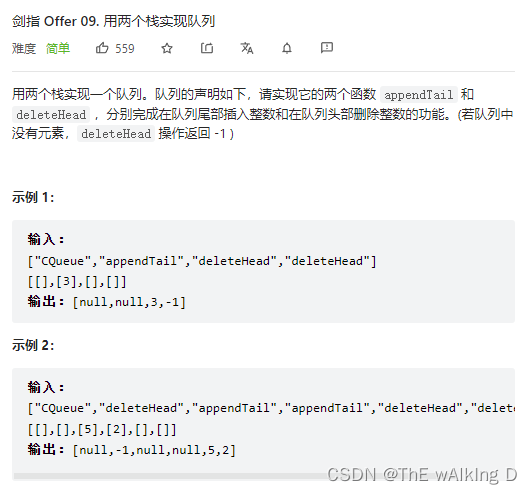
Sword finger offer 09 Implementing queues with two stacks
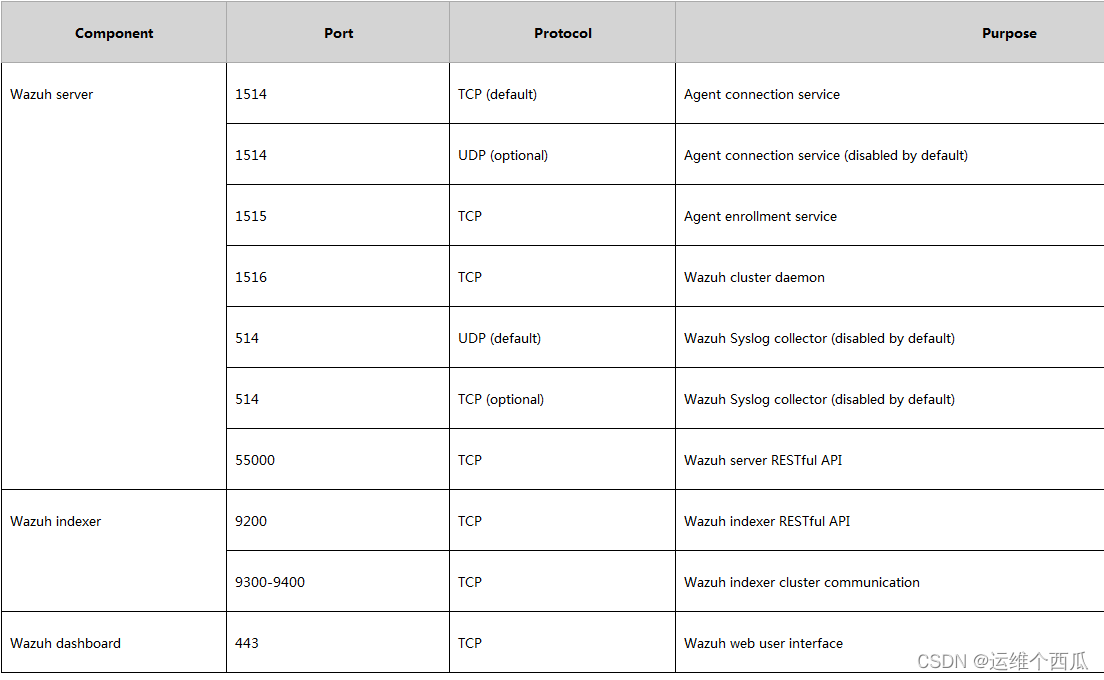
Wazuh开源主机安全解决方案的简介与使用体验
![[practical skills] technical management of managers with non-technical background](/img/4d/1081c71df6ee2087359111baf7498a.png)
[practical skills] technical management of managers with non-technical background
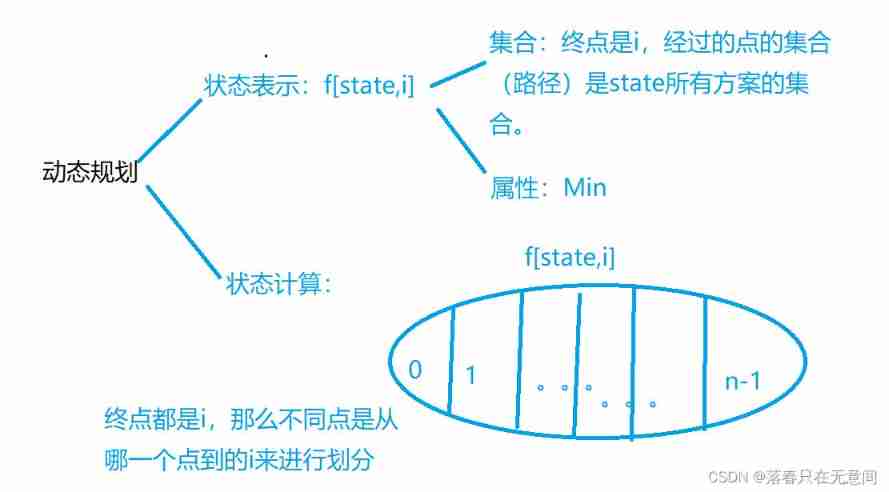
The connection and solution between the shortest Hamilton path and the traveling salesman problem
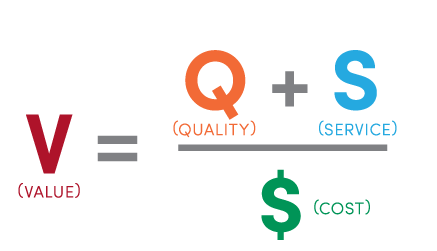
从Dijkstra的图灵奖演讲论科技创业者特点
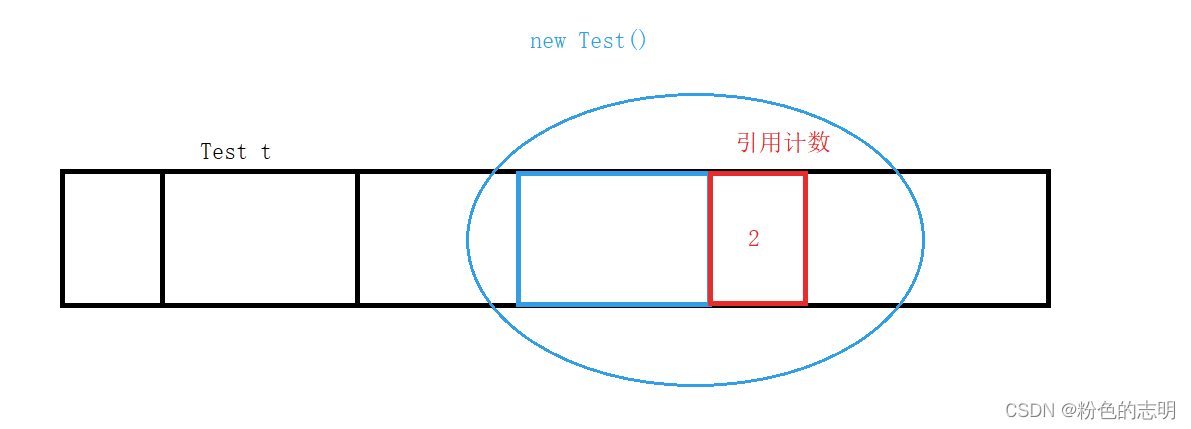
浅谈JVM(面试常考)
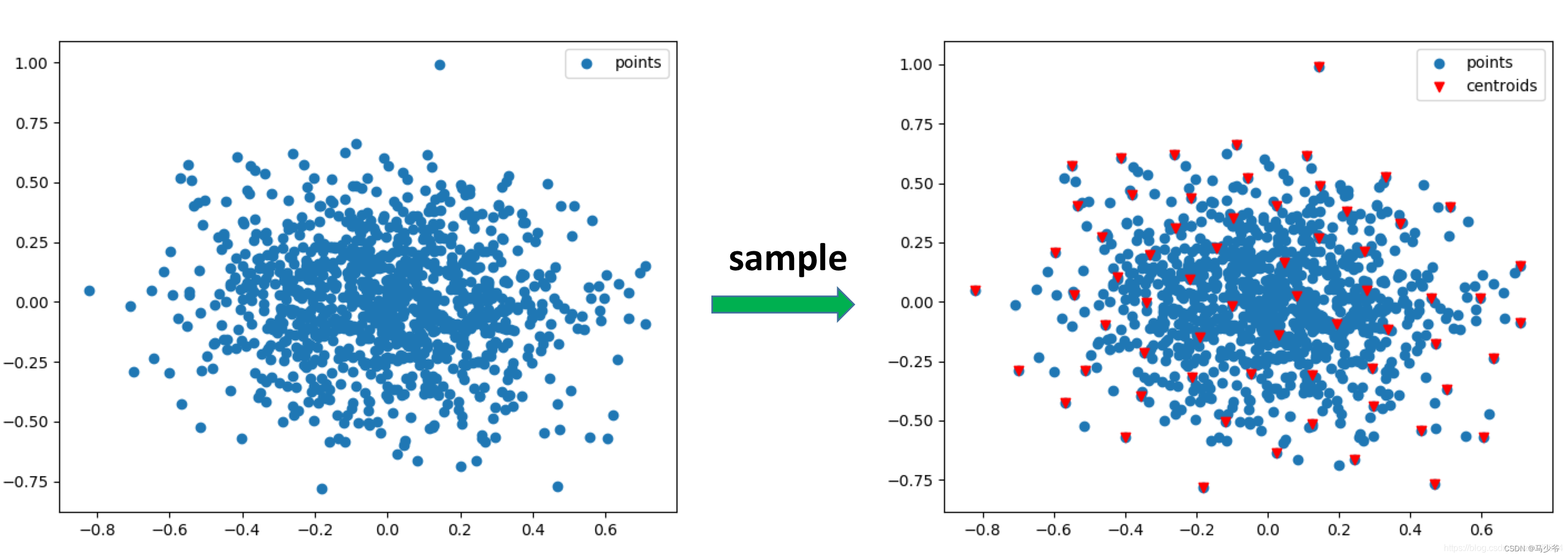
Pointnet++ learning

Introduction et expérience de wazuh open source host Security Solution
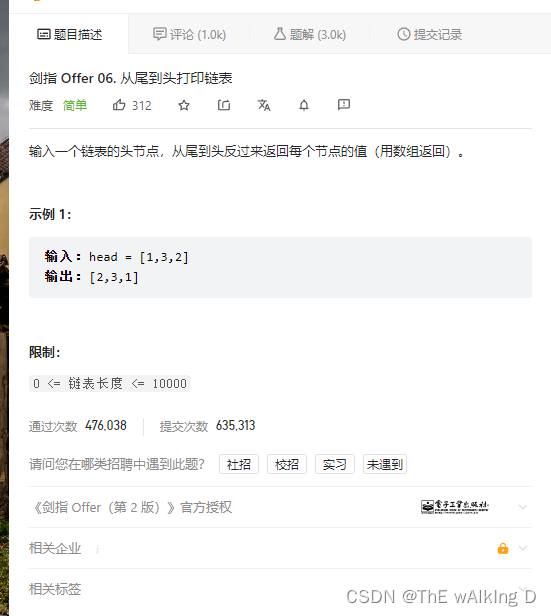
Sword finger offer 06 Print linked list from beginning to end
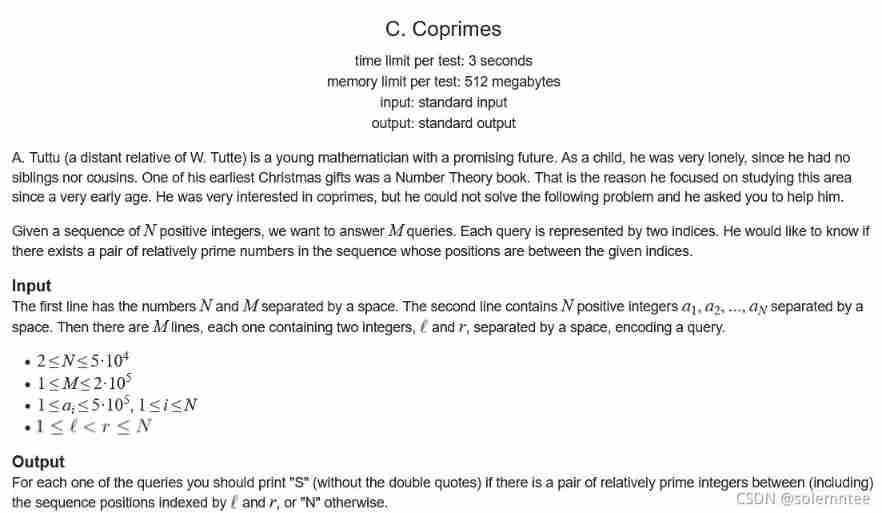
2017 USP Try-outs C. Coprimes
随机推荐
Alu logic operation unit
LeetCode 0108.将有序数组转换为二叉搜索树 - 数组中值为根,中值左右分别为左右子树
【Jailhouse 文章】Performance measurements for hypervisors on embedded ARM processors
Corridor and bridge distribution (csp-s-2021-t1) popular problem solution
【云原生】微服务之Feign自定义配置的记录
Smart construction site "hydropower energy consumption online monitoring system"
Daily question 1688 Number of matches in the competition
kubeadm系列-01-preflight究竟有多少check
YOLOv5-Shufflenetv2
浅谈JVM(面试常考)
Wazuh开源主机安全解决方案的简介与使用体验
6. Logistic model
Cluster script of data warehouse project
Codeforces Round #732 (Div. 2) D. AquaMoon and Chess
A misunderstanding about the console window
Hang wait lock vs spin lock (where both are used)
卷积神经网络——卷积层
Typical use cases for knapsacks, queues, and stacks
Detailed explanation of expression (csp-j 2021 expr) topic
从Dijkstra的图灵奖演讲论科技创业者特点

